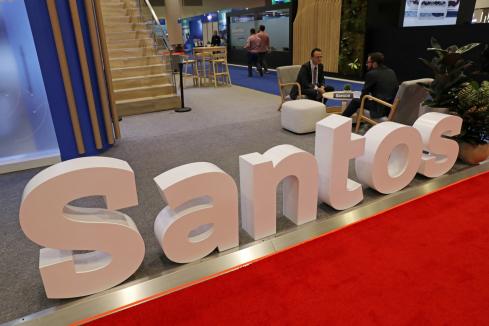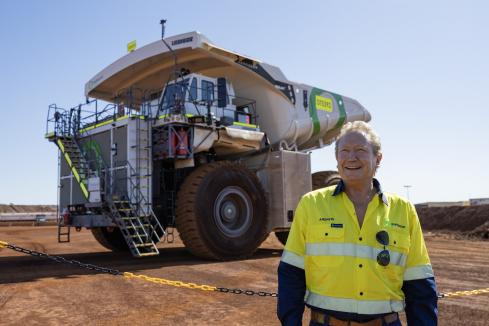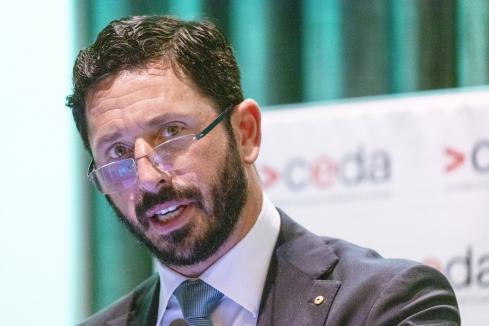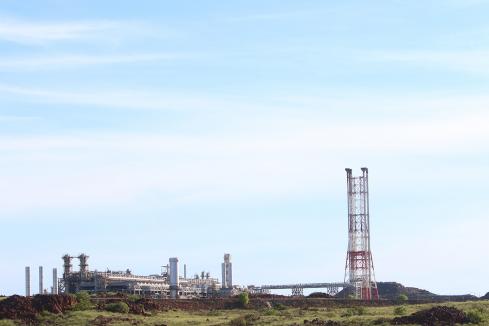Money is seeking a safer home as the threat of inflation looms.

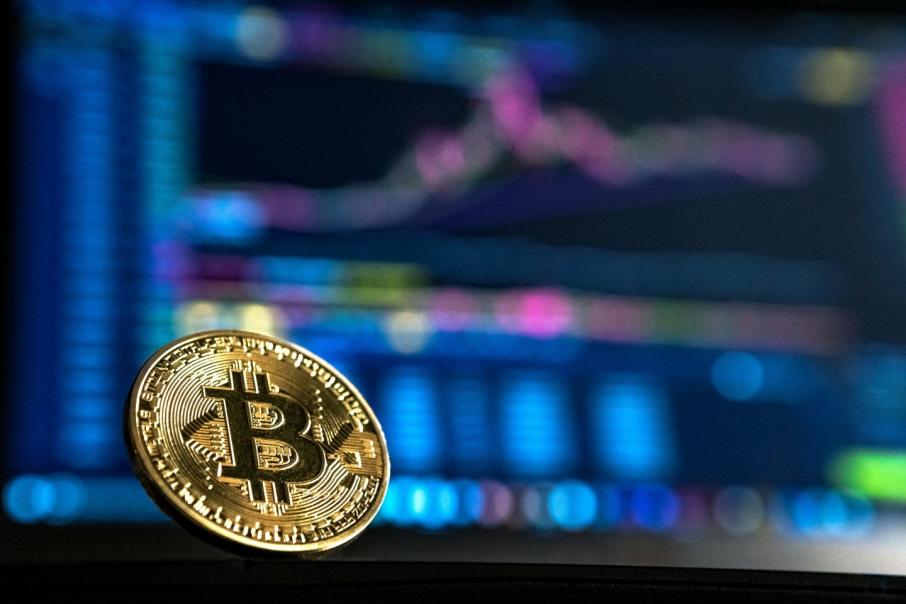
Money is on the move as inflation returns to worry investors, and perhaps lay the groundwork for a sharp stock market correction (best to not call it a crash, it frightens the horses).
The shift from rampant optimism, as prices for most assets rocketed up during the ‘reflation’ trade of the past 12 months, has been replaced by fear that the value-destroying inflation genie is out of her bottle.
Higher interest rates are the preferred tool for crushing inflation, and while they are not yet rising on mortgages and business loans, it is highly likely that a cycle of rate rises is not far away, probably starting early next year.
The next six months will be critical in determining the direction of financial markets, with October being the dangerous month as it was in earlier periods of significant change, including the tumultuous stock market events of 1987 and 2007.
The global reflation trade, which is a snappy way of describing the rebuilding and reinvestment encouraged by ultra-cheap money unleashed to combat the worst effects of the COVID-19 pandemic, has been good for Western Australia, driving demand for the state’s commodity exports.
But a series of recent events on international markets point to the reflation period coming to an end, along with the era of almost-free money, which has encouraged risky investments such as buying Bitcoin or other cryptocurrencies.
The best measure of the changing tone, and a glimpse of money seeking a safer home as inflation looms, is in the flow of cash into inflation-linked bonds and inflation protected exchange-traded products.
Treasury Inflation-Protected Securities (TIPS) issued by the US Treasury are being closely watched after annualised inflation in that country reached 5 per cent in May; but there are also several commercial assets in international markets that offer inflation protection.
According to BlackRock, the world’s biggest fund manager, $US18 billion flowed into inflation-protected assets in the first five months of the year, more than for all of 2020; and that was before news of the 5 per cent inflation rate hit the headlines.
More money will move into safe havens as inflation worries grow, with gold a possible winner.
The biggest worry for investors, however, is that the end of the easy money created by governments and their central banks will coincide with the rapid unwinding of high-risk strategies, especially cryptocurrencies.
The potential for a stampede out of fantasy currencies could be the catalyst for an October surprise, with speculators forced to dump their holdings as banks reel in margin loans that have funded bets made by coin traders.
If a similar situation of bad loans made to gullible people had not occurred in the past, it would be hard to invent the situation created by the crypto game.
But it has happened in the past, with the GFC of 2008 a direct result of the collapse in the sub-prime mortgage market in 2007, which led, in turn, to the failure of big investment banks Bear Stearns and Lehmann Brothers.
Two recent developments have elevated Bitcoin and the hundreds of other cryptocurrencies, which have been propped up by low-cost bank loans, into the category of potential catalyst for a major market correction.
The first, and perhaps most important change in recent weeks, is that China has moved closer to banning cryptocurrencies and associated Bitcoin mining, which is a massive consumer of electricity at a time of power shortages across the country.
A crypto ban in China would reverberate around the world, forcing other countries to consider the risks of allowing the growth of a business perfectly suited to criminal activity and high-risk bank lending practices.
The second development is in the form of a warning from the man who made a fortune betting against the US sub-prime mortgage market in the lead-up to the GFC.
Michael Burry, whose brilliantly timed wagers against US banks exposed to sub-prime mortgages made him a fortune (and laid the foundations for a book and movie, The Big Short) has been sounding the alarm about cryptocurrencies and other forms of high-risk speculation.
As well as the potential for a collapse in cryptocurrencies, Mr Burry is scathing of ‘meme’ stocks: low-value companies promoted on social media to naïve investors.
“All hype/speculation is doing is drawing in retail before the mother of all crashes,” Mr Burry said in a Tweet earlier this month.
‘Retail’, in the Burry world of investing, means non-professionals who are playing in a game that looked easy when they bought in, but who will find that they can’t get out because of a crush at the exits, just like 1987 and 2007.
He might have been exaggerating, but Mr Burry said: “When crypto falls from trillions, or meme stocks fall from tens of billions, main street losses will approach the size of countries.”
By main street, he means banks.
“History ain’t changed,” Mr Burry said in an apparent reference to the way banks provided mortgages before 2008 to people who couldn’t service the debt, triggering a banking crisis that went global.
Oil spurt
Coal and oil are not politically popular, but it’s hard to identify a replacement source when it comes to generating the power demanded by innovations such as electric cars, with wind and solar still in their infancy.
For Australia, that could mean a return of the boom in oil and gas investment, with a coal boom less likely because it is the number one enemy of climate change crusaders.
A remarkable recovery in the oil price over the past eight months has even sparked the forecast of a fresh wave of oilfield development, as project developers chase the $US75 a barrel price for Brent-quality crude, double what it was last October.
Jarden, a New Zealand-based investment bank with a fast-growing Australian business, is tipping investment in Australian oil and gas projects to double over the next five years.
The four biggest oil and gas companies – Woodside Petroleum, Santos, Oil Search and Beach Energy – are forecast to increase their annual investment in project development from the combined $US2.9 billion of the past five years to $US6 billion a year over the next five years.
Rather than fading under political pressure, oil and gas could enjoy a growth spurt thanks to renewables being unable to satisfy energy demand, yet.
Cruel blow
As attractive as renewable energy sounds, it’s proving hard to get some of its loudest supporters to welcome wind turbines and solar farms in their backyards.
Amusingly, the reason for rejecting some renewable energy projects, including a solar-power-to-hydrogen proposal in WA’s north, is that they’re environmentally damaging.










